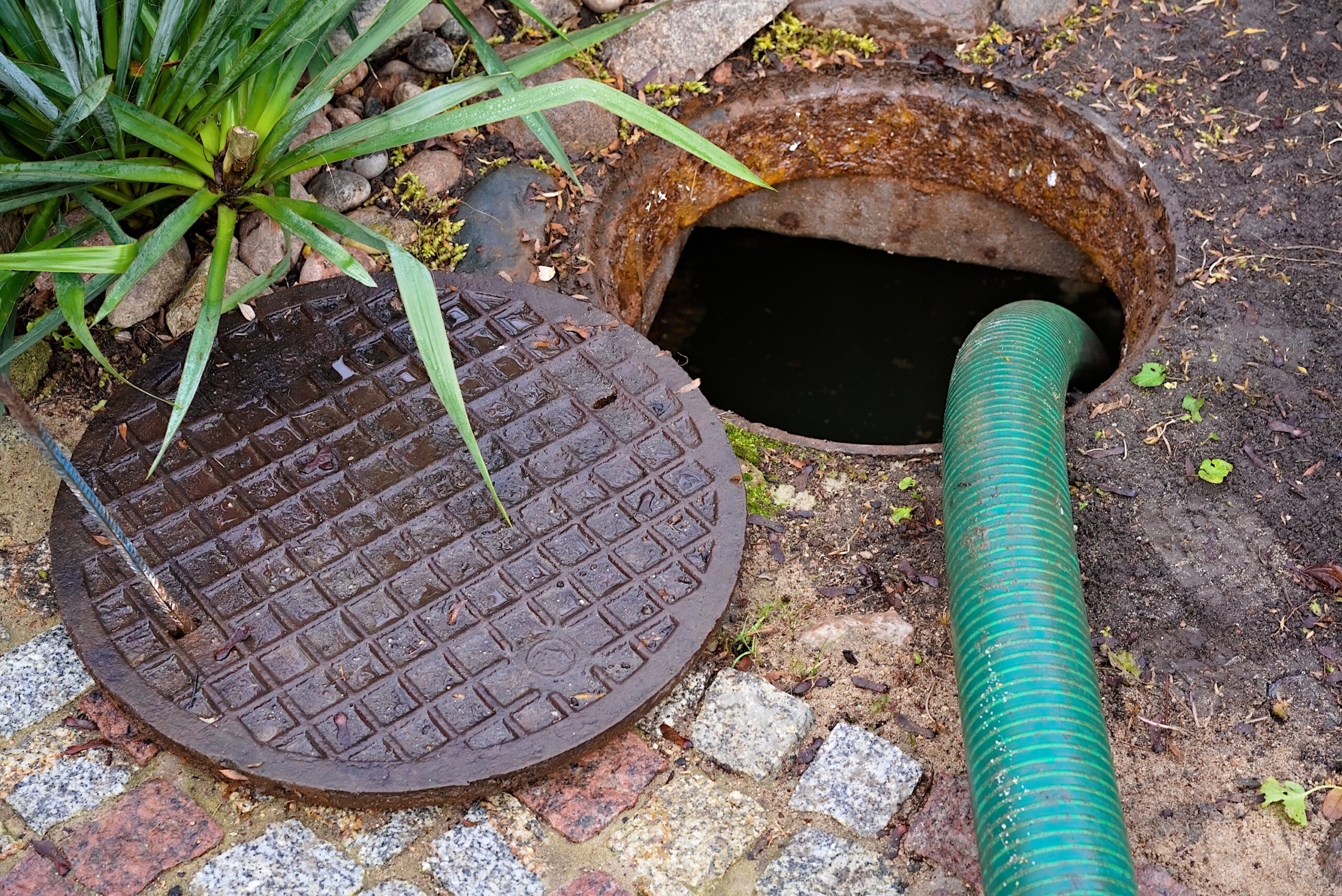In April of 2011, there was a news story posted on the Johnson County Sun News website about aging septic tanks and septic systems in a suburb of Kansas City that are failing. The solution being recommended by the local regulators is to have the home owners link up to the municipal wastewater treatment system – an expensive option.
The story describes the options that residents of the city of Overland Park who have septic tanks and systems face when their systems fail (see the story at http://www.kccommunitynews.com/johnson-county-sun-news/27597034/detail.html).
The cost to extend the municipal wastewater treatment system to these homes is astronomically expensive. For example, if there is a main sewer line readily accessible to the home, the cost to connect the home to the system would be $7,000. In cases where the main line has to be installed, the cost to a homeowner can be as high as $36,000!
For all involved this is an extraordinary issue. For the people living in these homes, I am sure they never dreamed that they would face this type of issue when they purchased their homes. From the regulators’ perspective, they are worried about pollution and health hazards if all of these systems fail. Political leaders are concerned about the fallout of government mandates causing home owners such financial stress.
There is another solution that will not financially stress these homeowners and satisfy both the regulators and the political officials: septic system remediation through aerobic conversion of the septic tank. Here are the facts to support this statement:
- In prior blogs, we looked at the durability of the components of a septic system. The conclusion we reached is that the components are very durable and can last far longer than they do if the biomat is kept under control in the drainfield. This conclusion applies to the septic tank, drain lines and drainfield. So, septic systems do not need to be replaced because components wear out.
- In several blogs, we looked at the true cause of septic system failure which was the development of the biomat in the drainfield. Controlling the biomat is the key to extending the life of a septic system.
- Biomats only grow in anaerobic septic systems. Aerobic septic systems starve and consume the biomat, returning permeability to the drainfield and restoring system operability. Furthermore, aerobic systems produce far cleaner effluent than anaerobic septic systems, protecting the environment.
- Conversion of a septic system from an anaerobic environment to an aerobic environment costs a fraction of the expense to connect a home to a municipal wastewater treatment facility.
So, if the players in the Overland Park situation want to diffuse an expensive, painful and potentially harmful environmental situation, they need to start converting existing septic systems over to an aerobic environment.











